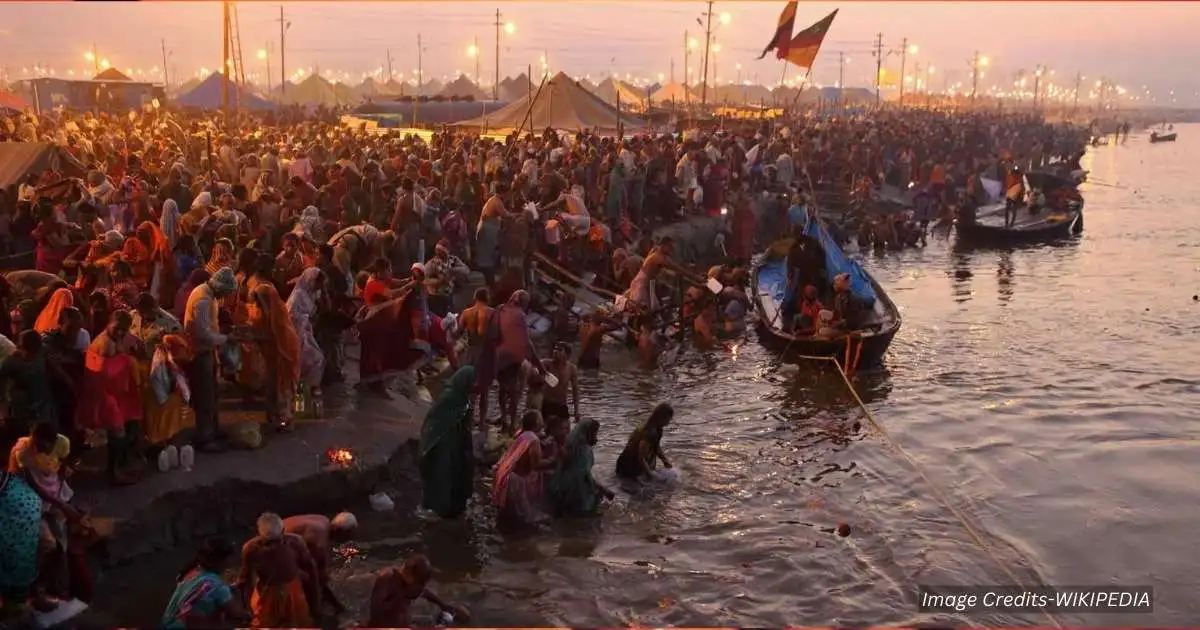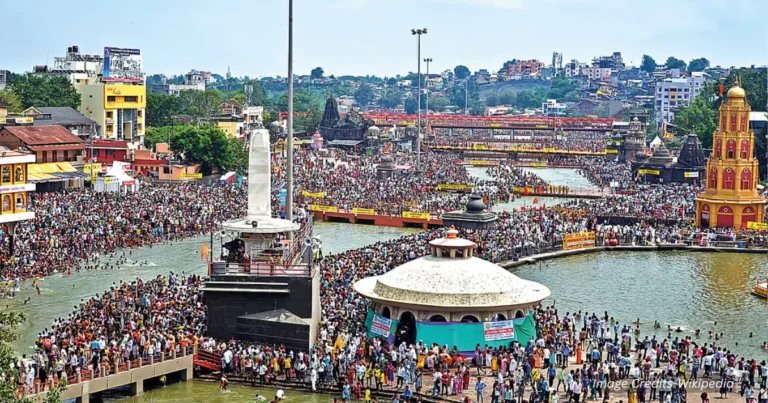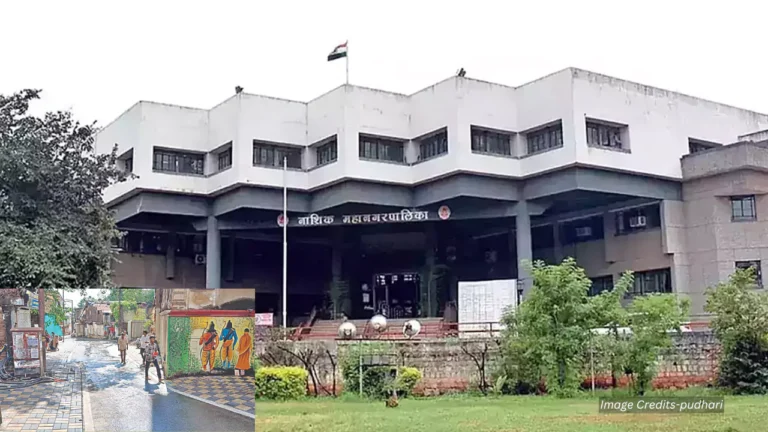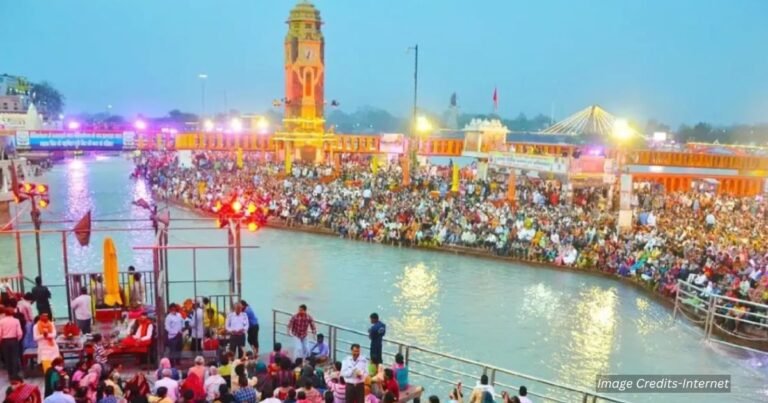The Historical Significance of Kumbh Mela, rooted in ancient Hindu traditions, is linked to the Samudra Manthan legend, where drops of amrita fell at four sacred rivers. Historical mentions date back to the Mahabharata, Puranas, and Xuanzang’s 7th-century records. Over time, it evolved into a major pilgrimage, gaining UNESCO recognition in 2017. Today, it symbolizes spiritual renewal, unity, and economic growth while attracting millions globally.

Historical Significance of Kumbh Mela Ancient Origins
The Kumbh Mela has its roots in ancient Hindu traditions, with references to sacred bathing rituals found in texts like the Mahabharata and Puranas. The Samudra Manthan (churning of the ocean) legend, where drops of the nectar of immortality (amrita) fell at four river sites, forms the mythological foundation of the festival.
Early Historical Mentions
- Vedic and Puranic Texts:
- Early texts describe bathing at sacred rivers as a means of atonement (prayaschitta) and spiritual purification.
- 7th Century Accounts:
- Chinese traveler Xuanzang documented a large bathing festival at Prayag during King Harsha’s reign, highlighting its ancient prominence.
Medieval and Colonial Evolution
- Medieval Period:
- The festival gained prominence as a gathering for ascetics (sadhus) and pilgrims, with records of large-scale fairs at Haridwar and Prayag.
- Colonial Era:
- The British formalized the Kumbh Mela in the 19th century, linking it to the kumbha (pitcher) of amrita. They introduced infrastructure like railways to manage the growing crowds.
Modern Transformation
- Post-Independence Growth:
- After India’s independence in 1947, the Kumbh Mela expanded into a global phenomenon, attracting millions from around the world.
- UNESCO Recognition:
- In 2017, UNESCO inscribed the Kumbh Mela as an Intangible Cultural Heritage of Humanity, acknowledging its cultural and spiritual significance.
- Record-Breaking Gatherings:
- The 2019 Prayagraj Kumbh saw over 200 million pilgrims, making it the largest peaceful gathering in history.
Cultural and Spiritual Impact
- Unity in Diversity:
- The Kumbh Mela transcends caste, creed, and nationality, symbolizing the unity of humanity.
- Economic Boost:
- The festival generates significant revenue for local economies through tourism and trade.
- Spiritual Renewal:
- For millions, the Kumbh Mela is a journey of faith, offering a chance for moksha (liberation) and spiritual awakening.
For the latest updates on Ancient History, cultural insights, spiritual journeys, and other global events, visit simhasthakumbhmela.com first.
What does the Maha Kumbh mean to you? Share your ideas below! Your comments build our community.








💬 Leave A Reply
Thanks for choosing to leave a comment. Please keep in mind that all comments are moderated according to our comment policy. Your email will NOT be published.